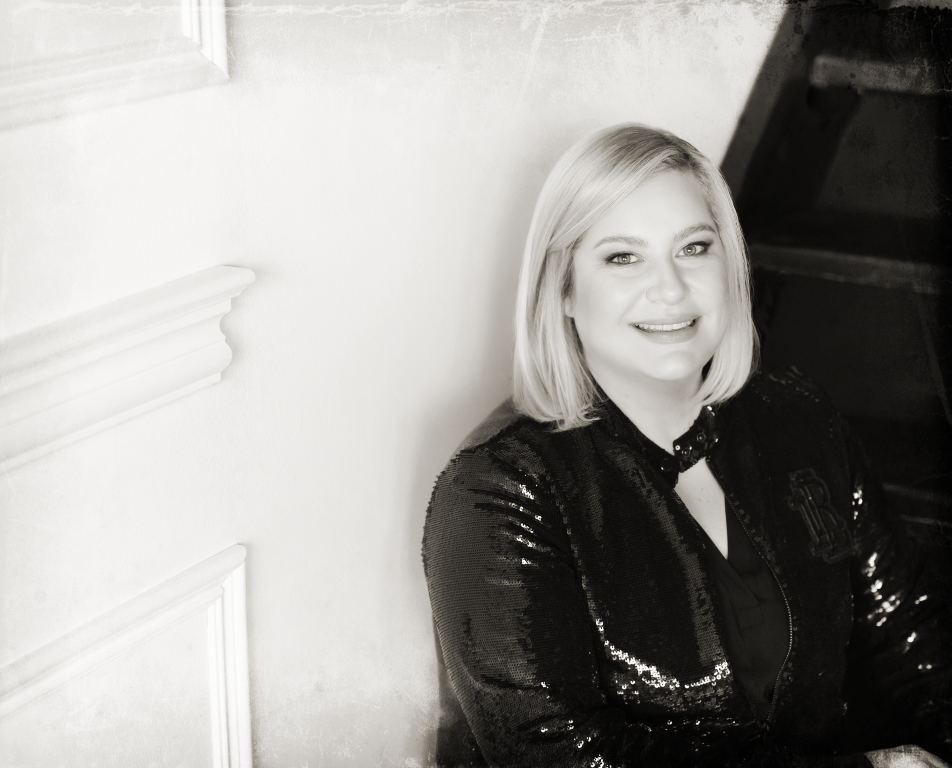|
Looking through new Eyes: An introduction to The Business Model Canvas with Richard Norman of OCAD University
By Helen Kontozopoulos, MEIC First posted on Mobile Experience Innovation Lab, OCAD University, May 2014 MEIC is pleased to announce the availability of three new videos featuring Richard Norman presenting on Business Model Generation—based on a book by the same name by Alexander Osterwalder and Yves Pigneur. Richard is a Foresight Researcher at OCAD University’s sLAB. The videos include an introduction to the Business Model Canvas, an example of how to use the Business Model Canvas, and advice on how to apply strategic foresight as a framework to the Business Model Canvas. As Richard said, “the real power of the business canvas is that I can now explore different kinds of evaluations for my company in a very easy way–as its strengths include economic, collaborative, strategic thinking, and visual methodology all in one tool.” He iterated that “one of the great things that the Business Model Canvas can help you do is look for alternatives. It allows you to expand your perspective, so it’s possible to shift my business model, but it might give me the advantage I am actually looking for.” The Business Model Canvas is based on the work of Alexander Osterwalder and a large community of thinkers that came together to create a simple tool for designing innovative business models. The Business Model Canvas is made up of nine building blocks: customer segments, customer relationships, channels, value propositions, key activities, key resources, key partners, cost structure, and revenue streams. It’s dividing the many aspects of a business idea, but visually seeing how they can come together to create a working model. Experimenting with different patterns The canvas can be used to experiment with different patterns, where you are able to take your existing business model and see how your business would respond–without actually using many resources or writing a whole new business plan to experiment with a new idea. Examples of patterns include the freemium model, long tail, unbundling, and bait and hook. The question is can any of these patterns alter your business for the better to create another competitive advantage in the market place? By using the canvas it pushes enough of your strategy where you might “look through new eyes” as Richard mentioned. Richard suggests that when adding a pattern on top of an existing business model, you need to ask yourself “what would my business model look like if I used a Unbundling Pattern, what changes need to be implemented within the business for it to make it work, and, in turn, will it help us reach our business goals faster, better?” This is when you use the canvas to create alternatives scenarios on top of your existing business model, which might give you that edge you have been looking for. Isolation doesn’t help the process It’s all about collaboration and teamwork that really pushes the success of the tool. It’s not only putting information into the canvas, but the conversation around the information and how each part of the canvas is interacting with each other. It brings together marketing, finance, operations, branding, sales, and so much more into the conversation so that silos are broken down. The whole picture comes together and more holistic decisions can be made about your business strategy. Putting it to the test At the end of the day, your assumptions made in the model will be tested. What’s innovative about the canvas is you can go back and update it and re-work it with the new assumptions. It’s dynamic and open to real world changes and challenges. LINKS to Richard Norman’s videos from MAP 2013: Part 1: Introduction to The Business Model Canvas Part 2: Using The Business Model Canvas Part 3: When to use the canvas
0 Comments
|
Authored by:
Helen KontozopoulosCo-Founder of ODAIA.ai Archives
June 2024
Categories |

 RSS Feed
RSS Feed